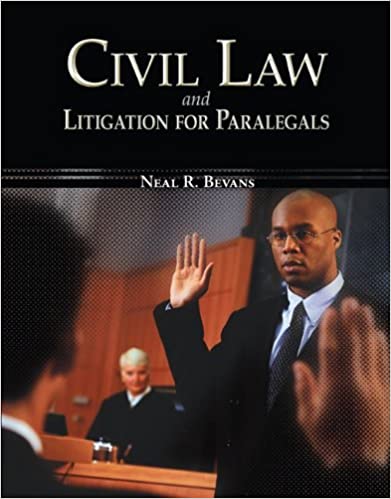
Civil Law & Litigation for Paralegals 1st Edition by Neal Bevans
Edition 1ISBN: 978-0073524610
Civil Law & Litigation for Paralegals 1st Edition by Neal Bevans
Edition 1ISBN: 978-0073524610 Exercise 7

ACROSS
4 The appellate court requires additional information or an evidentiary hearing because it cannot conduct such a hearing itself. The case is temporarily transferred to the trial court for a hearing and then resent to the appellate court.
7 A motion made by the party who lost at the trial court level; this motion requests a new trial on specific grounds; if denied, it triggers the appellate process.
9 Person bringing the current appeal from an adverse ruling in the court below.
DOWN
1 (Lat.) "stand by the decision"; the principle that appellate courts will follow clearly established precedents in their decisions.
2 The power of an appellate court to decide which cases it will hear.
3 The person who won in the lower court.
4 The entire body of evidence, witness transcripts, pleadings, motions, discovery materials, and any other material admitted during the trial.
5 The power of a court to make rulings.
6 A request to an appellate court that it assume jurisdiction in the case and docket the case for an appeal.
8 To _________ a lower court's decision is to set it aside.
9 The appellate court's final decision supports the decision made by the lower court.
Explanation
A party has right to file an appeal agai...
Civil Law & Litigation for Paralegals 1st Edition by Neal Bevans
Why don’t you like this exercise?
Other Minimum 8 character and maximum 255 character
Character 255


